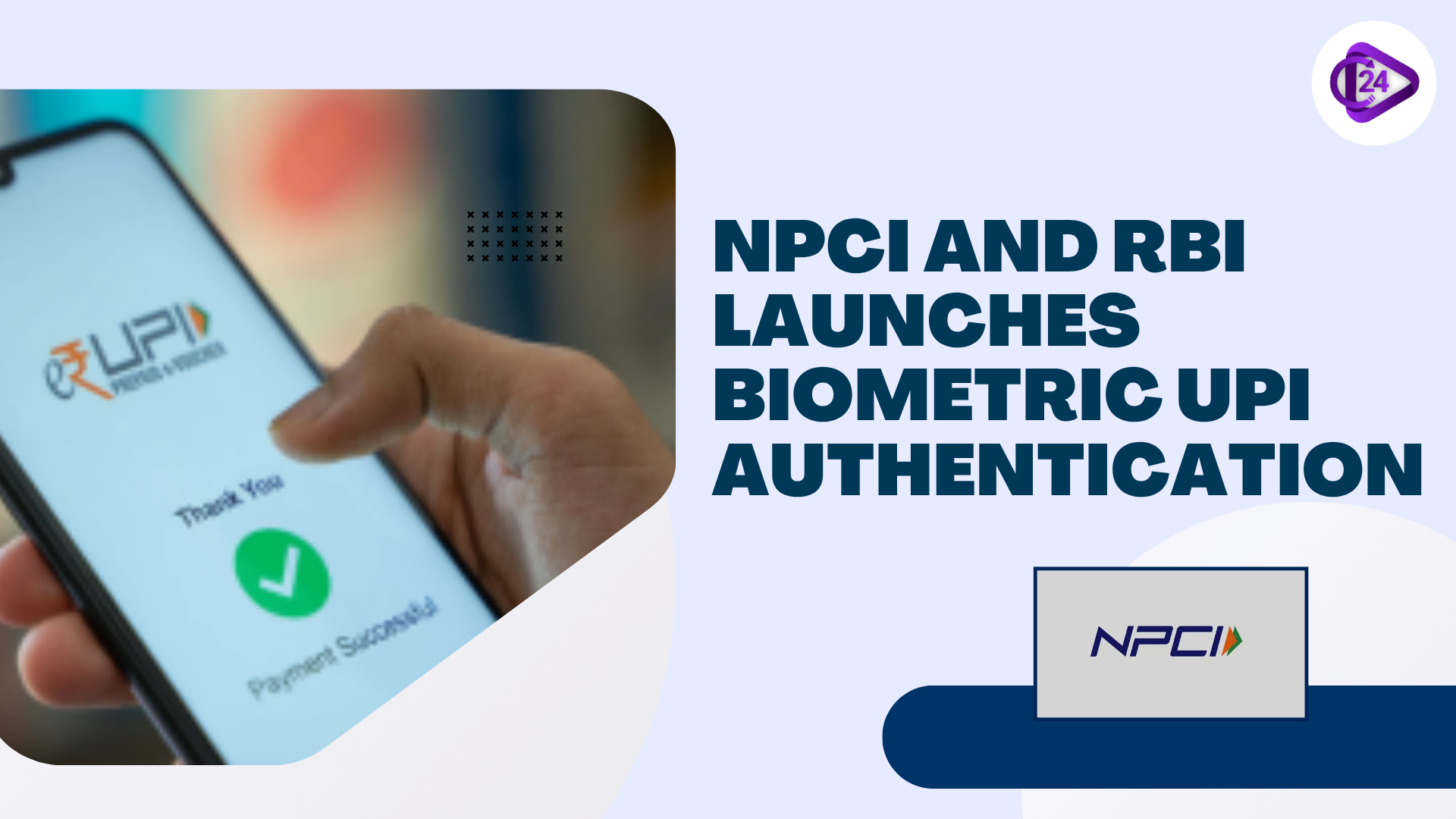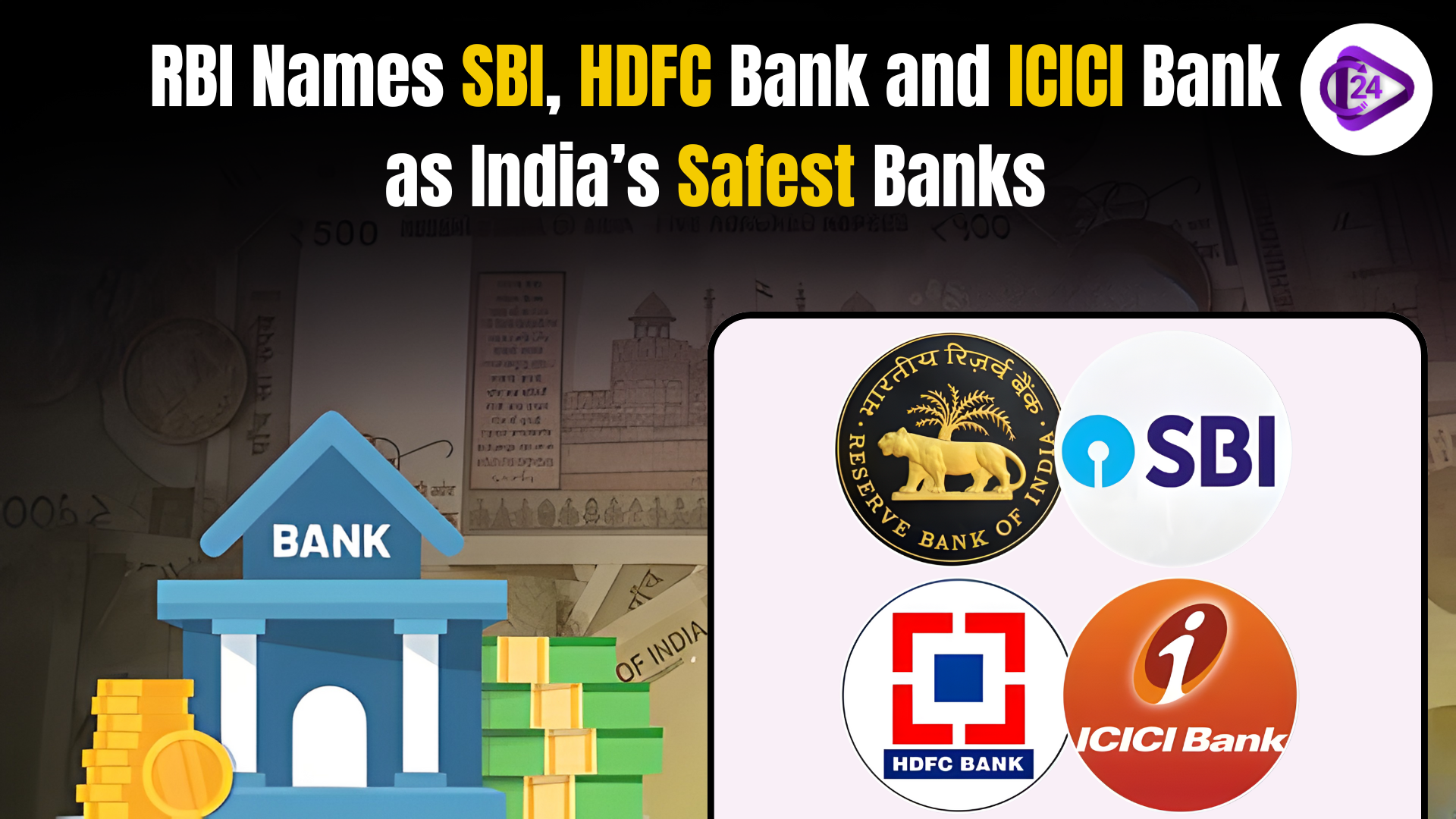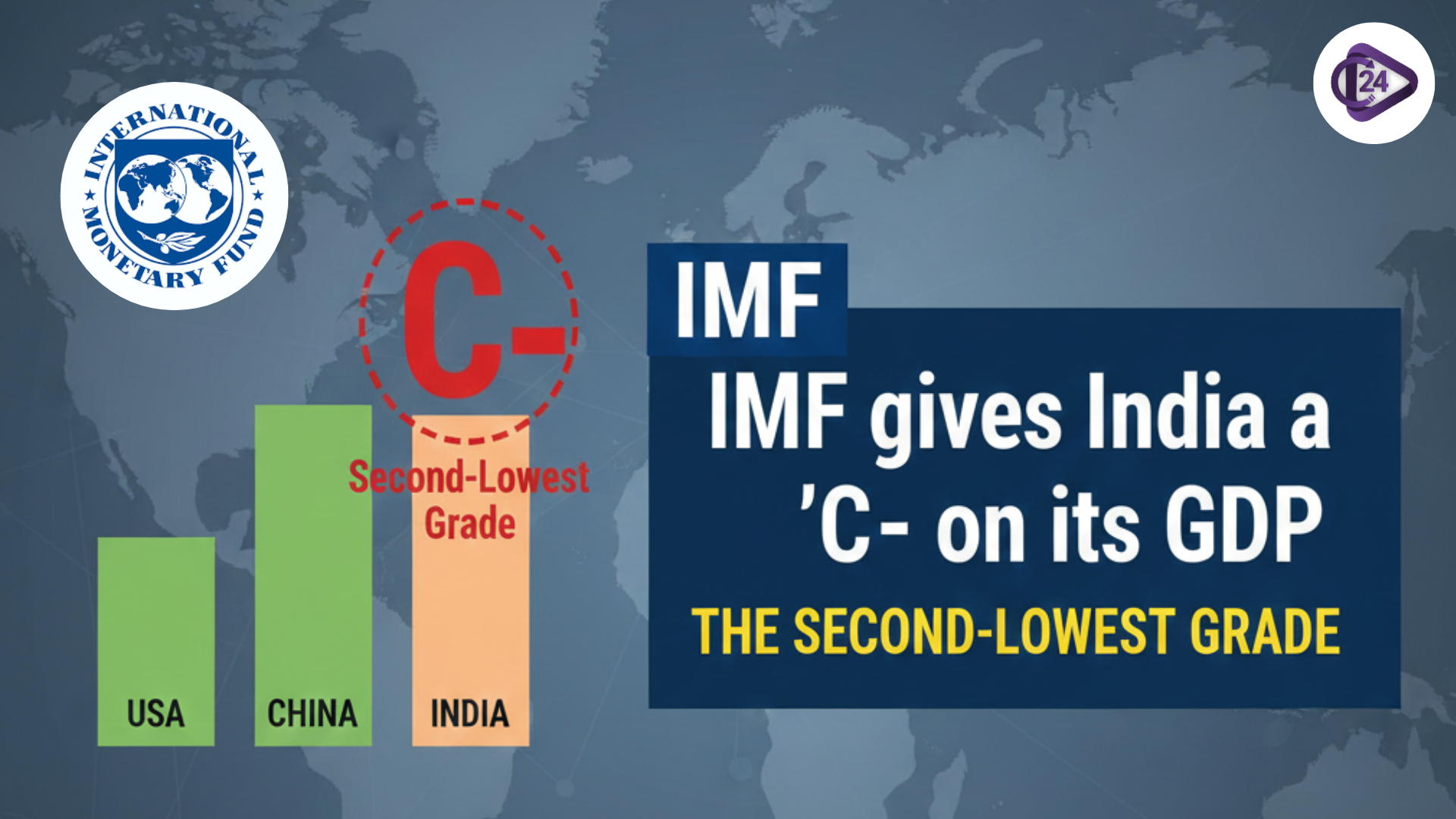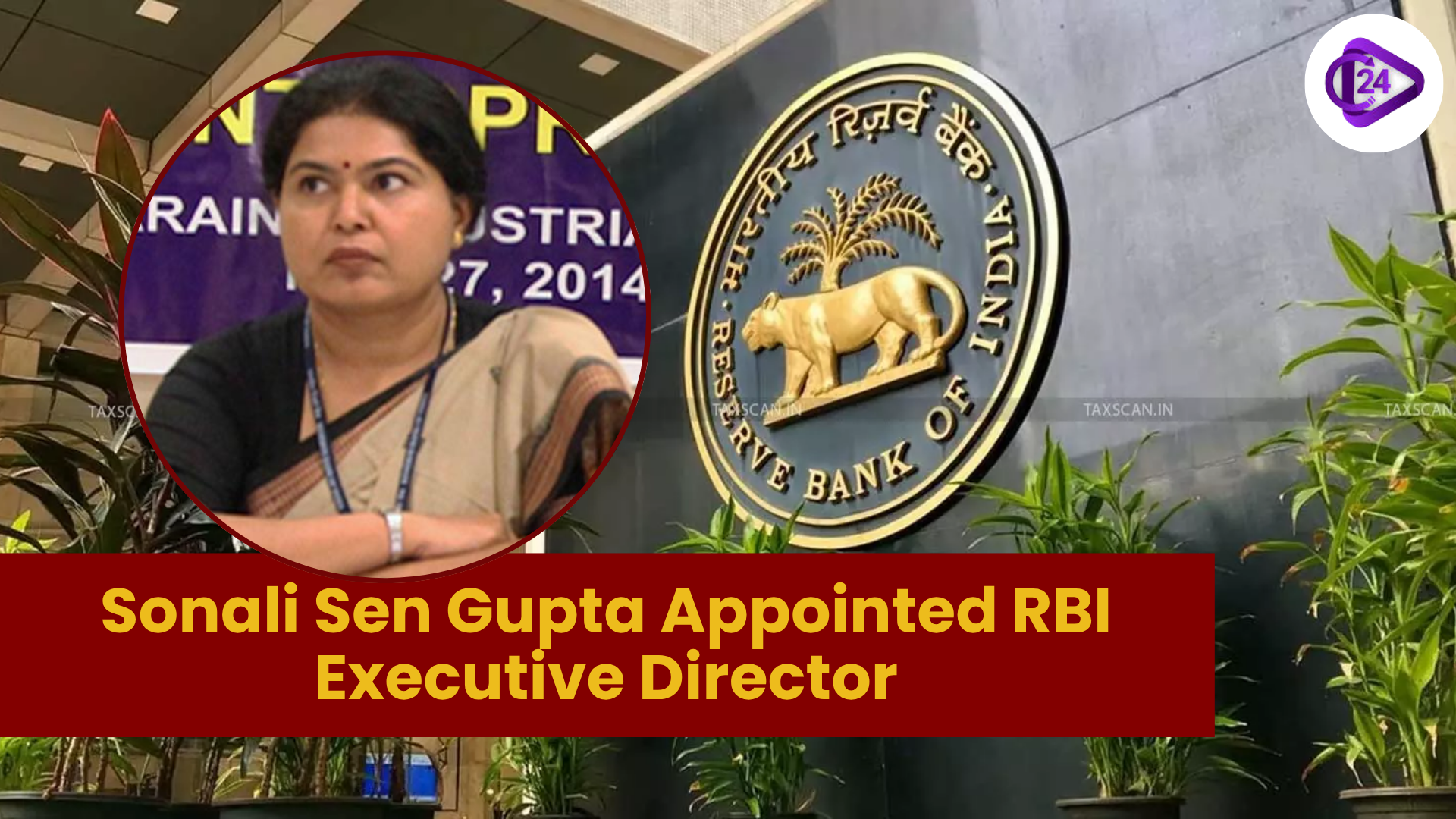
The biometric authentication of shaking hands using UPI by RBI and NPCI has changed the digital payment ecosystem of India into a new era. The system enables consumers to authorize payments without the use of a traditional PIN because they can use it through fingerprints or even facial recognition. The biometric data is connected safely with the Aadhaar information of users, and authentication occurs at the devices, implying privacy and less fraud. The upgrade facilitates faster, safer, and convenient transactions, especially for customers who are not accustomed to using PIN-based transactions. UPI biometric will improve both inclusion and security by improving accessibility and ensuring greater confidence in the online payment market in India.
Important Key About Reserve Bank of India
-
Established on 1 April 1935 under the Reserve Bank of India Act, 1934.
-
It originally was a privately held bank of shareholders during which was nationalized on 1 January 1949.
-
Headquarters: Mumbai in Maharashtra.
-
First governor: Sir Osborne Smith; current governor: Sanjay Malhotra.
-
A central board of directors has 21 members.
-
Slogan: Satya meva jayate (Truth Alone Triumphs).
-
Supervises monetary policy, currency issues, and stability.
-
Regulates commercial banks, cooperative banks, and NBFCs.
-
Manages online payments, UPI, NEFT, and IMPS.
-
Secures financial inclusion, cybersecurity, and fraud.
UPI Impact in India and Worldwide: Growth, Users, and Economic Influence
-
UPI ( Unified Payments Interface ) was introduced by NPCI in 2016 as a method of providing secure digital instant payments.
-
In India, more than 500 million users by 2025.
-
Accepts peer-to-peer, merchant transactions, bill payment, and QR payments.
-
Bhutan was the first to adopt it internationally; it was recently expanded to Qatar, Trinidad and Tobago, and Japan.
-
To a large extent, grows the online economy in India improves financial inclusion and decreases cash dependence.
-
Carries out trillions of rupees of transactions in a day, making transactions more efficient and better in terms of delivering government subsidies.
-
Eccosystem promotes financial literacy, fintech innovation, and secure, quality digital ecosystems.
Conclusion
It has been a significant step in the Indian digital payment landscape, with RBI and NPCI introducing biometric authentication of UPI transactions. It allows fingerprint and facial recognition to eliminate the normal PINs, making it more secure, convenient, and fast. The innovation keeps the users safe against fraud and offers privacy due to on-device authentication, and enhances confidence in online transactions. Biometric UPI will enhance fiscal incorporation, lead to financial security, and strengthen India's presence as one of the countries with a successful approach to secure digital transactions as adoption increases.



 RBI Retains SBI, HDFC Bank, and ICICI Bank as Domestic Systemically Important Banks
RBI Retains SBI, HDFC Bank, and ICICI Bank as Domestic Systemically Important Banks IMF gives India a ‘C’ on its GDP and other national accounts data, the second-lowest grade
IMF gives India a ‘C’ on its GDP and other national accounts data, the second-lowest grade India Witnesses Rapid Surge in Ultra-Processed Food Consumption
India Witnesses Rapid Surge in Ultra-Processed Food Consumption HDFC Bank Secures the Top Rank in India’s 2025 Brand Value Index
HDFC Bank Secures the Top Rank in India’s 2025 Brand Value Index ASSOCHAM New President Nirmal Minda to Drive Industrial Innovation and Sustainability in India
ASSOCHAM New President Nirmal Minda to Drive Industrial Innovation and Sustainability in India 8th Pay Commission 2025: Latest News, Salary Hike & DA Update
8th Pay Commission 2025: Latest News, Salary Hike & DA Update Sonali Sen Gupta Takes Charge as RBI Executive Director
Sonali Sen Gupta Takes Charge as RBI Executive Director Shram Shakti Niti 2025: India’s Future-Ready Labour Policy for Employment Growth
Shram Shakti Niti 2025: India’s Future-Ready Labour Policy for Employment Growth Shirish Chandra Murmu Appointed as RBI Deputy Governor
Shirish Chandra Murmu Appointed as RBI Deputy Governor






